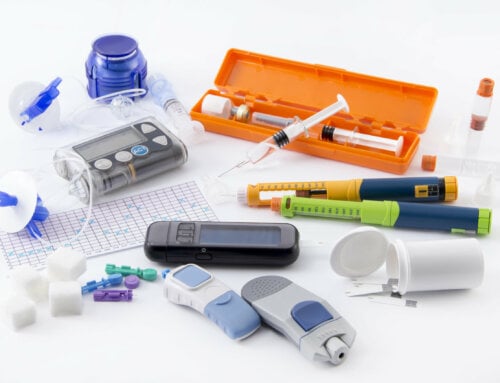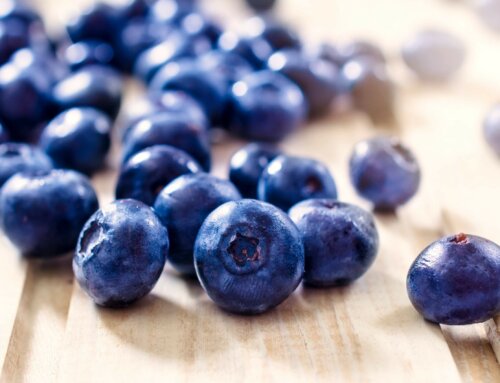Next time you get that frothy latte at the corner coffee shop, sprinkle some cinnamon on top – it just may help your diabetes. In several studies from recent years, cinnamon has been shown to improve glucose levels and lower cholesterol, both critical health factors for people with diabetes. It may also help reduce blood pressure, slow the digestive process, and cause blood sugar to rise more slowly after eating.1
One study2 from Alam Kahn, Ph.D, tested 60 men and women who consumed cinnamon capsules for 20 days. Subjects were then tested 20 days after they had stopped taking the capsules. Kahn recorded significant results at the end of the 40-day period: glucose levels had lowered by up to 29%, triglyceride readings were nearly 30% lower, and cholesterol levels were down by as much as 26%.3
Another study from the University of California at Santa Barbara and the Sansum Diabetes Research Institute showed that cinnamon may act in much the same way that insulin does.4 In this experiment, obese mice drank cinnamon water. Scientists then used spectroscopy and nuclear magnetic resonance to examine the molecular structure of the cinnamon. They discovered that proanthocyanidin, a molecule, acted similarly to insulin. Their conclusion was that it may interact with insulin receptors and proteins in cells to enable glucose to enter the cells in much the same fashion that insulin does.
It should be noted that one recent study questions the benefits to people with diabetes, showing no positive effects from cinnamon on the A1C test or on FGB (fasting blood glucose) levels.5 However, other studies continue to find health benefits from this versatile spice. So, for people who prefer homeopathic medicines and for people with diabetes, cinnamon may be a very beneficial addition to their diet.
Here are a few great ways to use cinnamon every day:
- Drinks. Sprinkle it in your coffee, hot cocoa, tea, or even milk.
- Breakfast. Cinnamon tastes great in a surprising number of breakfast foods, from oatmeal to cereals to yogurt. You can even make homemade cinnamon bread in your bread maker – just add the spice to your favorite whole-grain recipe and enjoy the delicious aroma as it bakes.
- Desserts. Add it to dishes such as baked apples, frozen yogurt, cobblers, and more.
- Cooking. It isn’t just for sweets. Many international cuisines use it as an important flavoring in savory dishes. Try Indian curry, Moroccan chicken, or Mexican mole laced with cinnamon for an unusual and delicious dinner.
[1]http://www.nutraingredients-usa.com/news/ng.asp?n=82492-cinnamon-diabetes
[2] Kahn, A. Diabetes Care. December 2003; vol 26: pp 3215-3218.
[3]http://diabetes.webmd.com/news/20031205/cinnamon-helps-type-2-diabetes
[4]http://www.sciencedaily.com/releases/2004/04/040414003908.htm
[5] Diabetes Care, January 2008, Volume 31, Pages 41-43, doi: 10.2337/dc07-1711 “Effect of Cinnamon on Glucose Control and Lipid Parameters”, Authors: W.L. Baker, G. Gutierrez-Williams, C.M. White, J. Kluger, C.I.






Leave A Comment